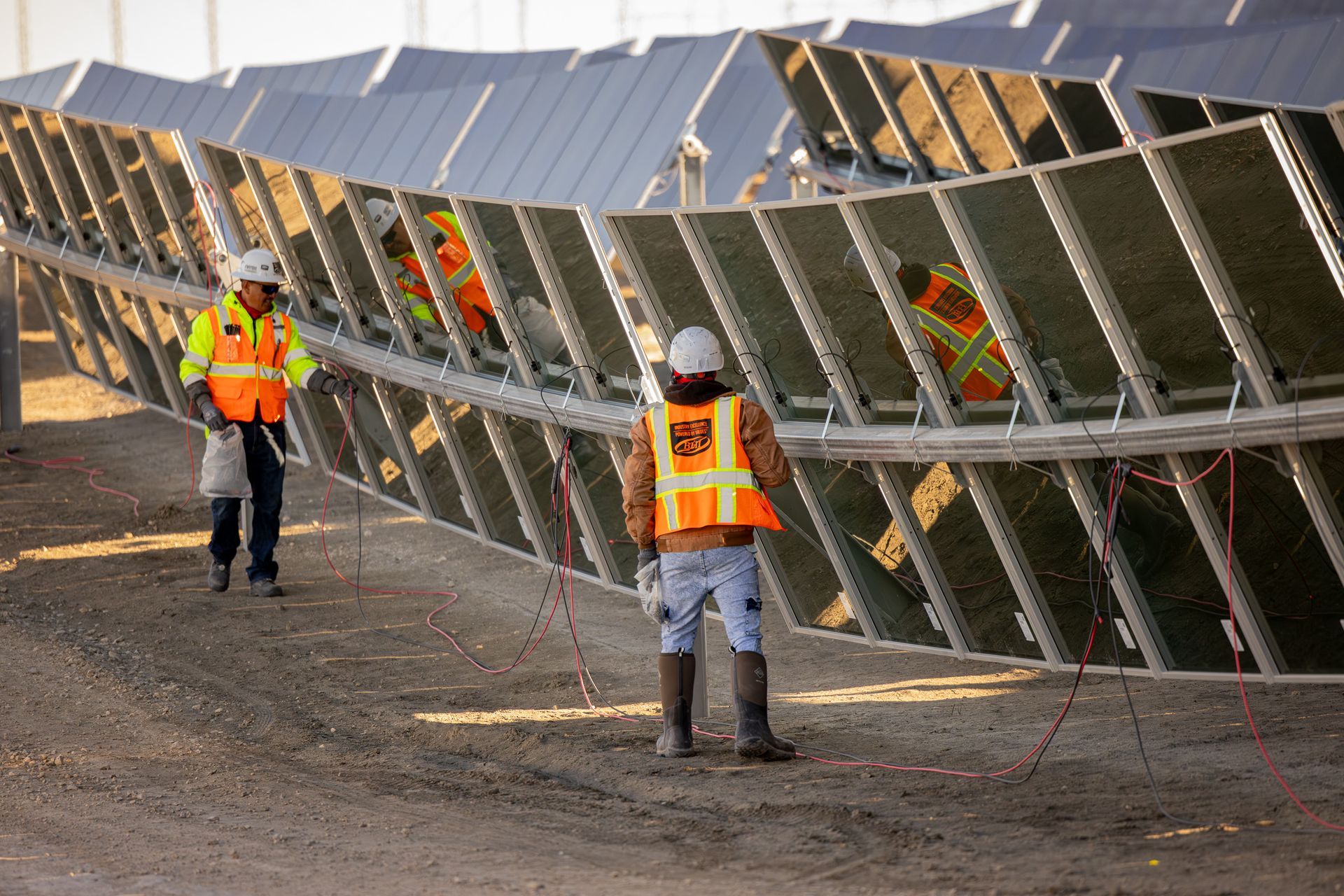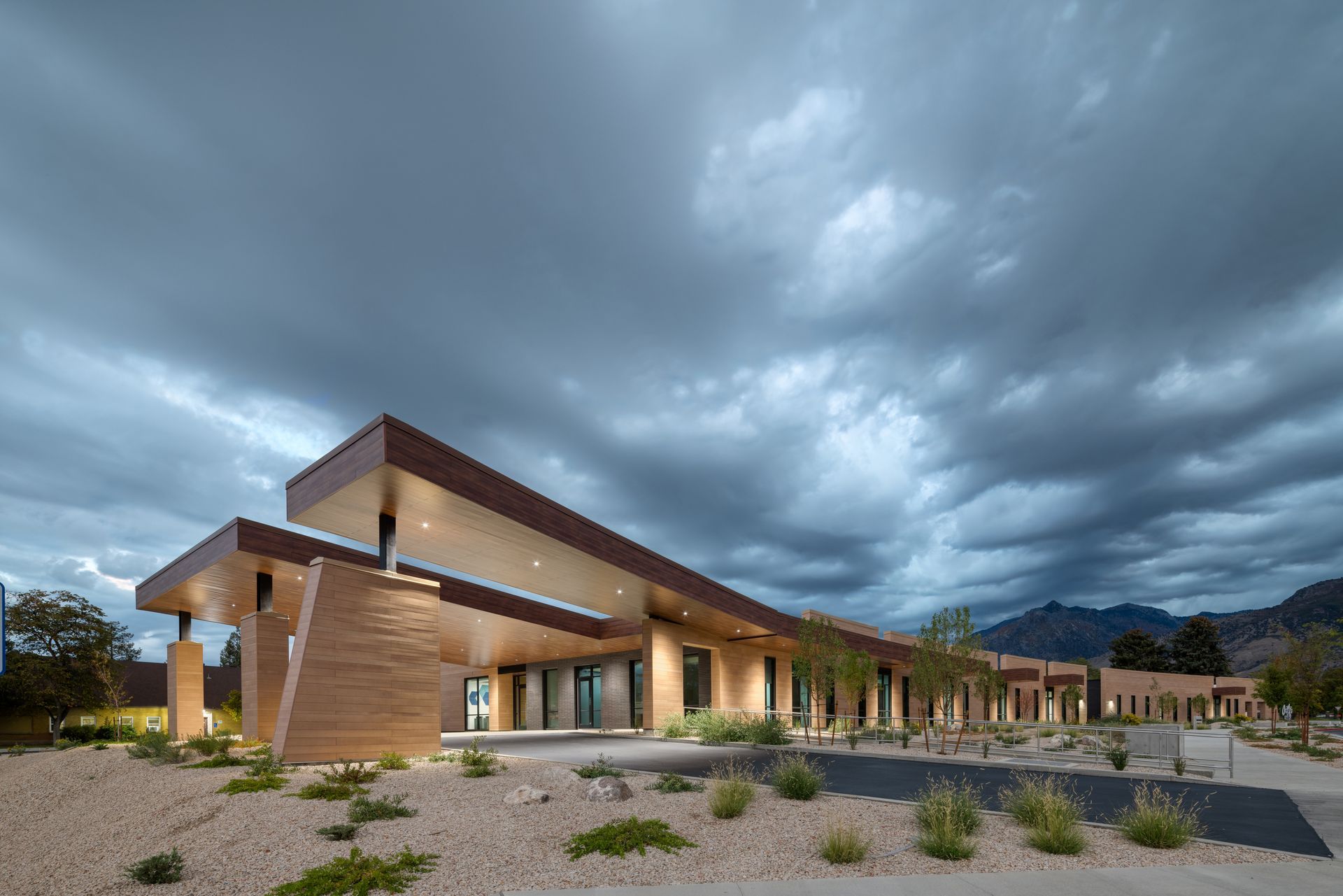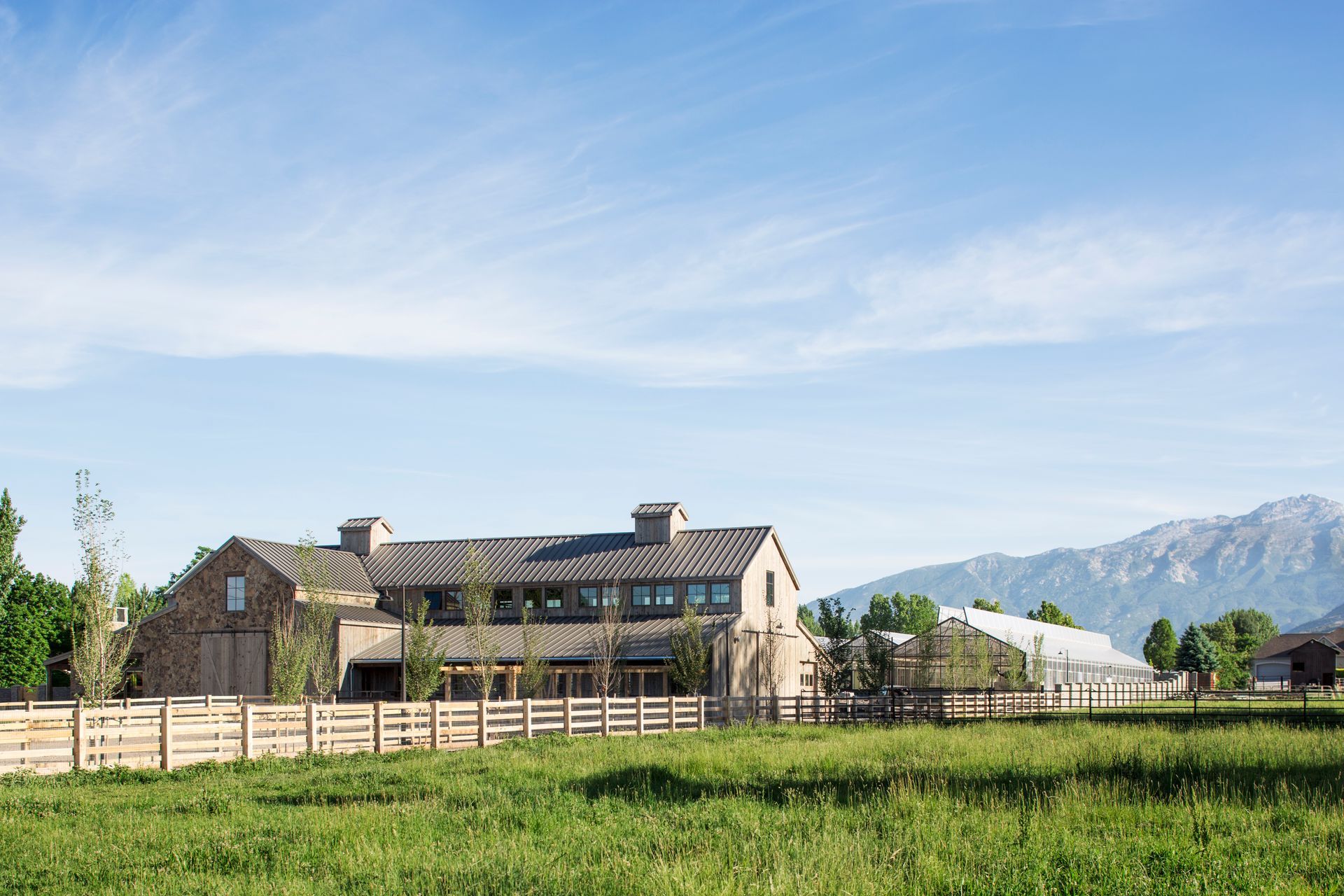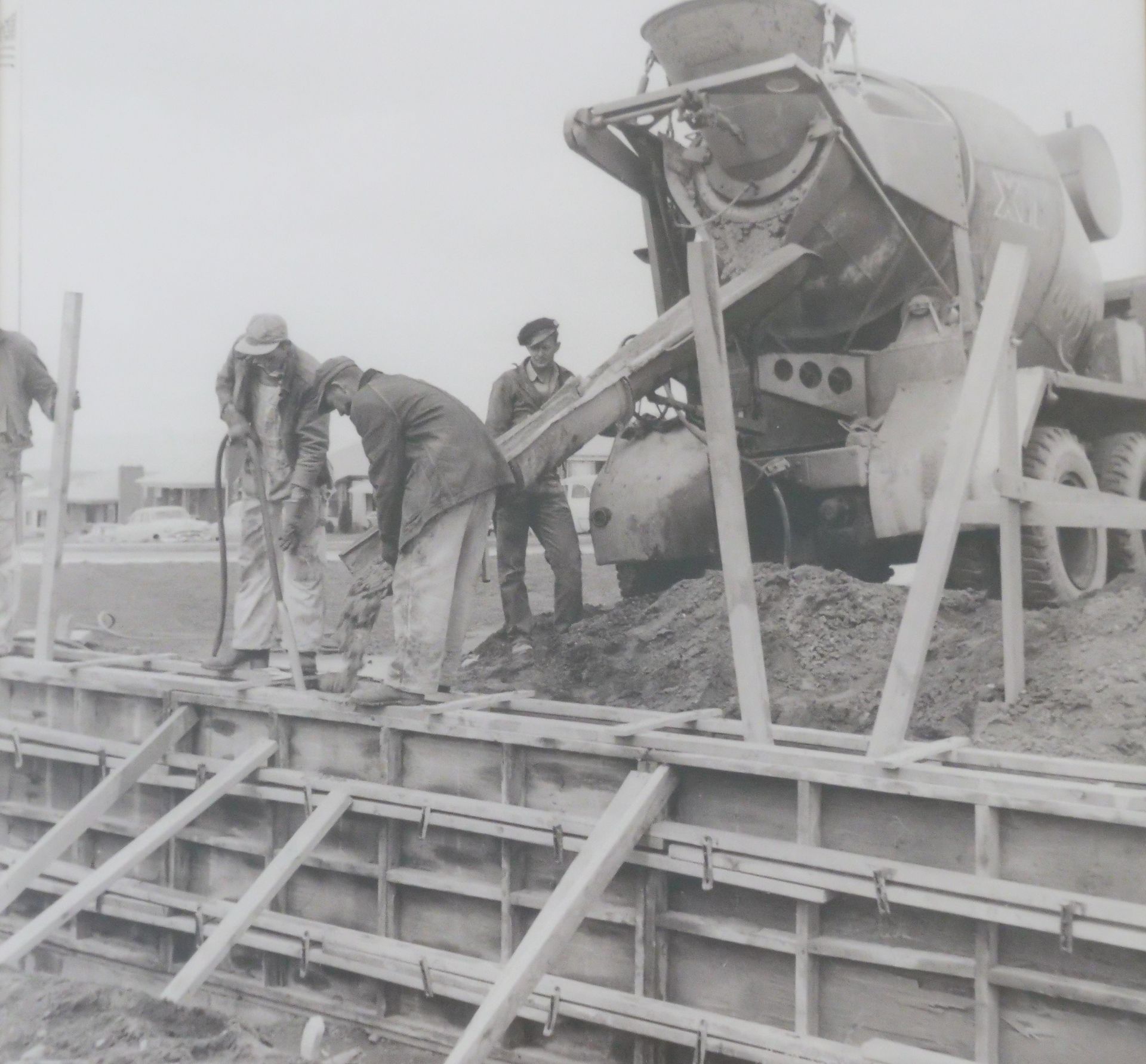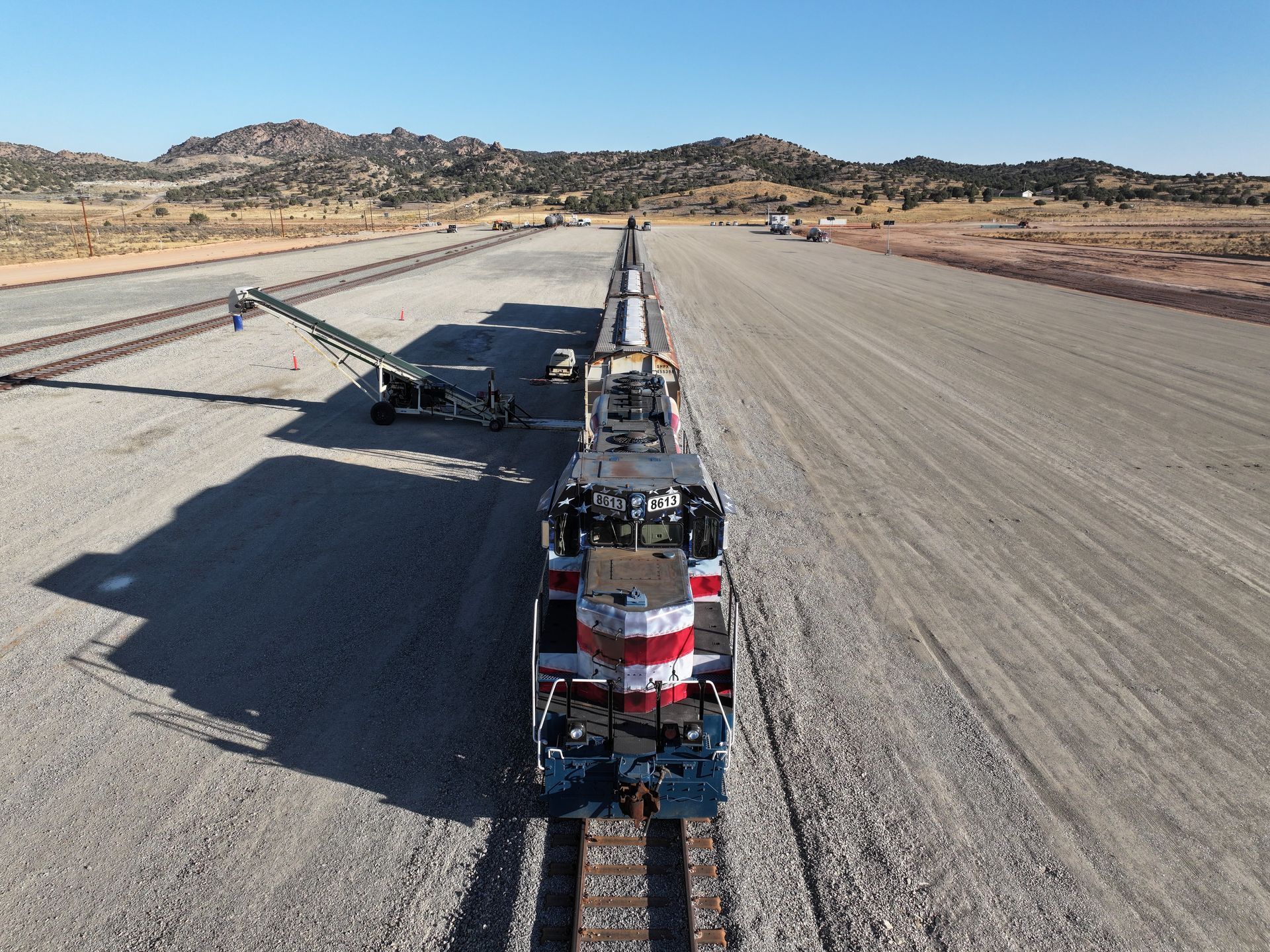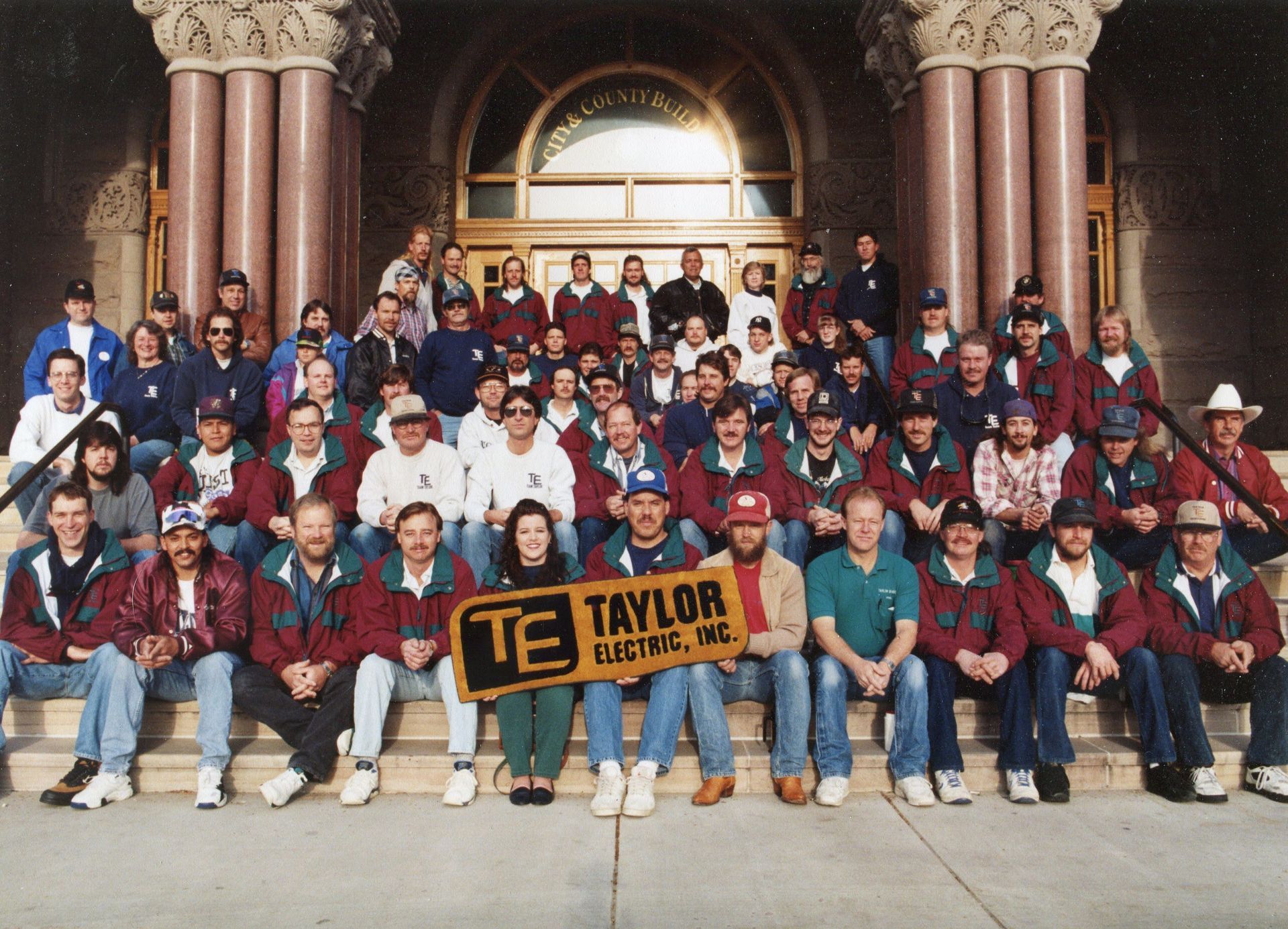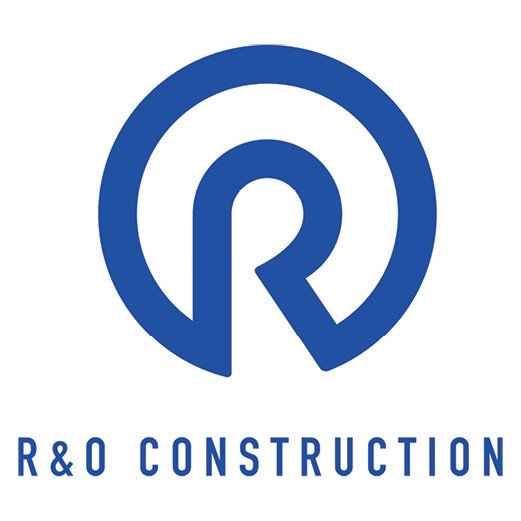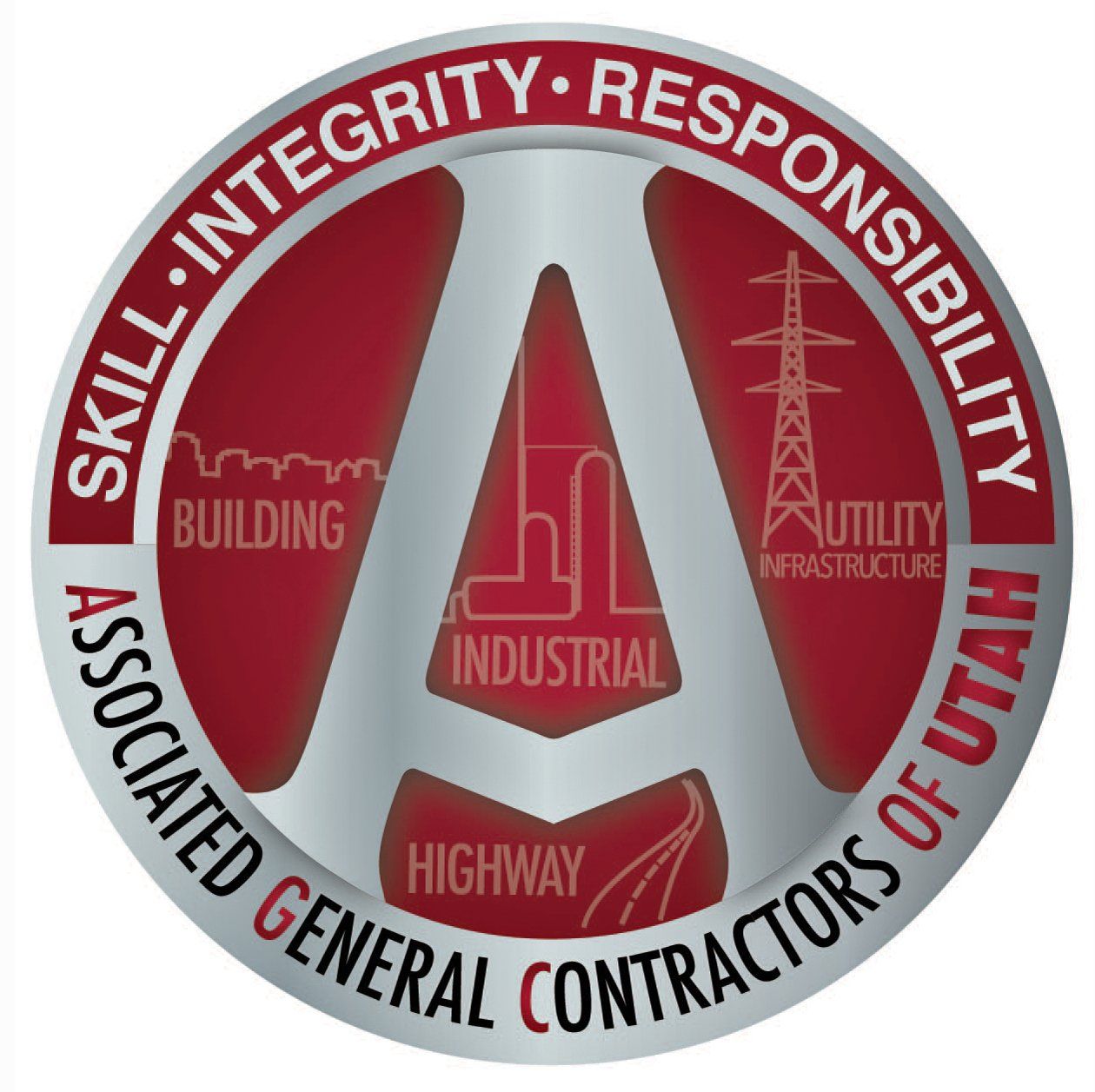UIPA aims to build on its successes over the last seven years and continue its mission to enhance the lives of Utahns through municipal collaboration and well-positioned industrial development. By Taylor Larsen
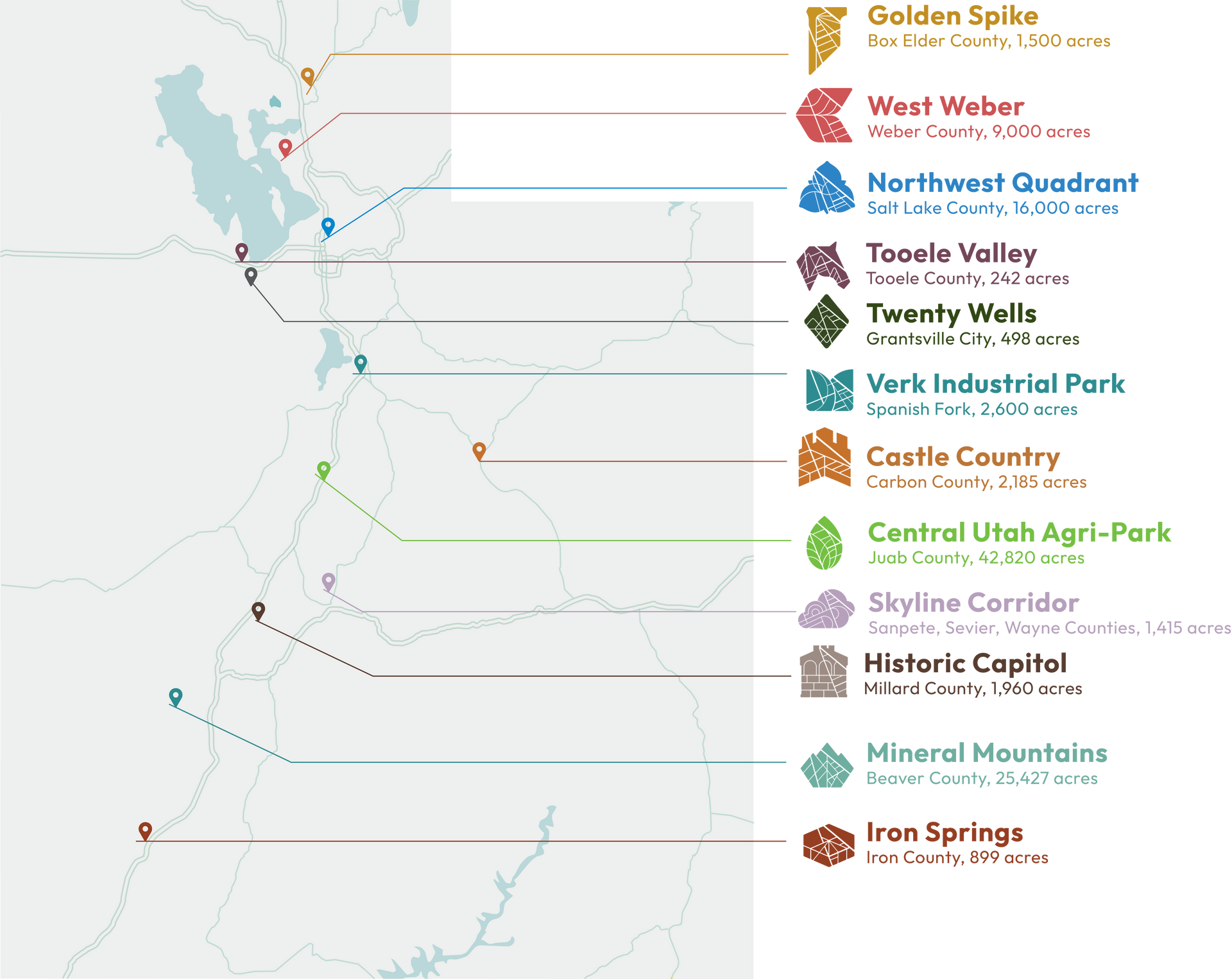
1. Resolve: The municipality or county adopts a project area resolution in a public
meeting.
2. Draft: UIPA staff work with the municipality or county to develop a project area plan
or amend a project area plan for the UIPA Board to review in at least two public UIPA
Board meetings.
3. Adopt: The UIPA board may adopt a project area or project area amendment in a
public meeting.
4. Build & Measure: During this 25-year phase, construction, development, and recruitment will occur in the project area. Project area budgets are annually prepared and adopted by the UIPA Board. In addition, project area metrics are reported and shared.
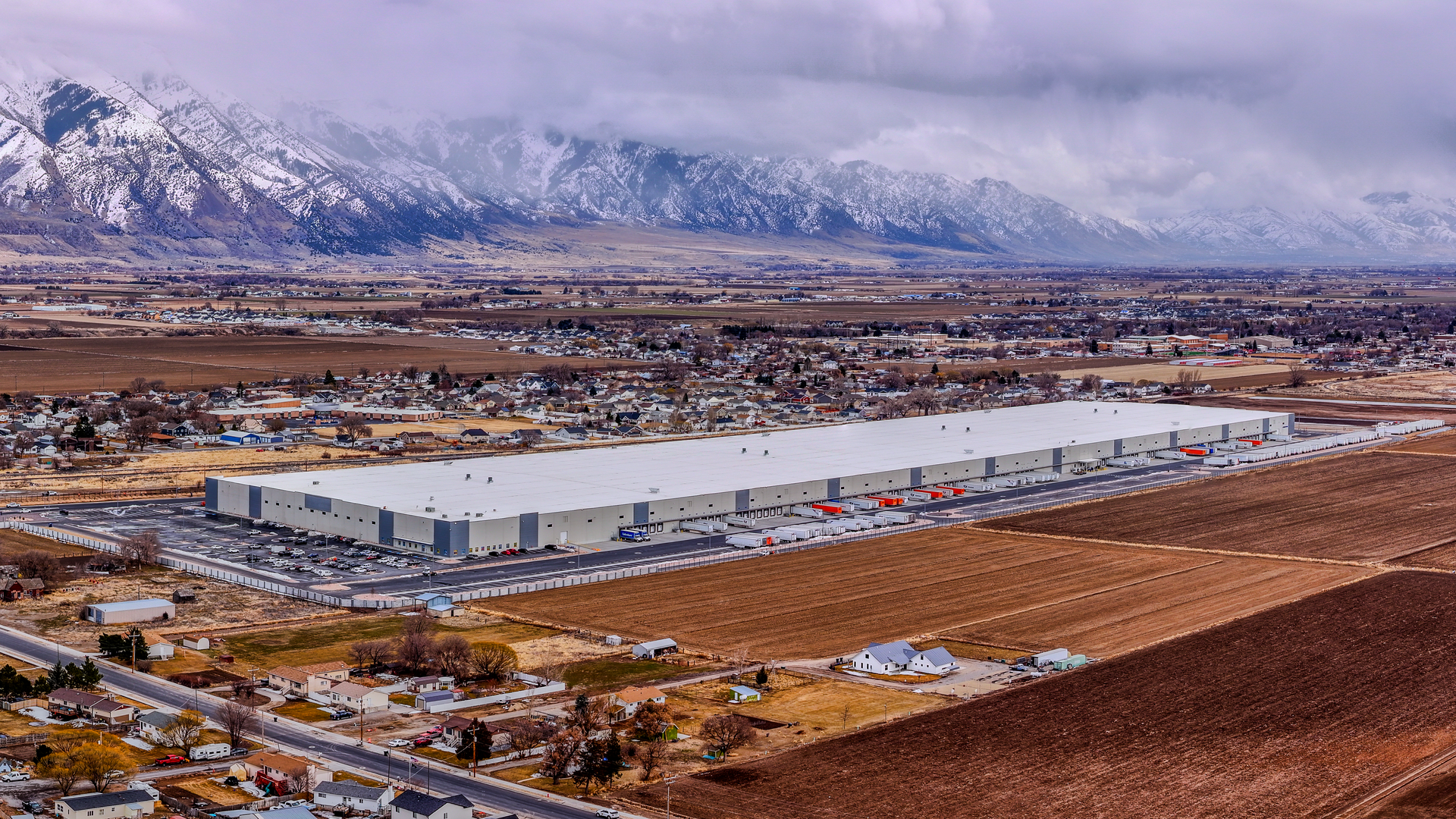
Lakeshore Learning Materials’ 1.2 million-SF manufacturing and distribution facility brought high-paying jobs to the cities of Garland and Tremonton thanks to UIPA incentives. (photo courtesy Millstream Partners)
In the “Build & Measure” phase, companies looking to locate to UIPA project areas put in an incentive application on where they would like to locate, which Hart said sometimes come with a request on where the company thinks it will most likely succeed. The UIPA Board then evaluates the application and determines which of the UIPA tools—public infrastructure districts, loans, business incentives, and more— are available for the project before awarding it and beginning the development process.
Industrial Development Expands
Hart is confident that UIPA’s formula for success—working with communities who want development help and then responding to market demands—will continue to grow.
“We feel like, from an industrial perspective, Utah is hugely under-built,” Hart said. “We want to be able to capture the manufacturing moment that we feel like has been going on the last few years and seems only to be getting bigger and more significant across the country.”
Jared Boyer, Director of Development and Acquisitions for Colmena Group, saw a similar outlook. Colmena Group, along with Wadsworth Development Group, and Stokes Partners, oversees the 3,000 acre logistics park, the Global Logistics Center, within the Northwest Quadrant project area.
“Utah’s industrial development outlook remains incredibly strong, driven by our central location, business-friendly climate, and growing population. The Northwest Quadrant, in particular, is quickly becoming one of the most attractive industrial hubs in the western United States,” he said.
Fundamentals match the sentiment. Utah's low industrial vacancy rates (around 5% across the state), more on-shoring from multinational corporations, Trump administration federal policy advocating for domestic manufacturing, and the robust workforce across the state combine for an appealing pitch for companies seeking to expand.
Utah’s lack of navigable waters be damned, the Inland Port ethos shares one trait with water: fluidity. As supply chains broke or unwound during the pandemic and linked together in new ways in the years that followed, Hart said the importance of adding a Utah manufacturing link into statewide supply chain plans became more important than ever in industrial development.
“Manufacturing in particular brings with it an incredible economic multiplier,” said Hart. “Consider that Boeing alone has 139 suppliers in Utah. Aerospace, bio-manufacturing, and other types of advanced manufacturing bring new investments and help to lift the entire Utah economy.”
Greg Nelson, Managing Partner for Farmington-based developers Millstream Partners is seeing it firsthand. With Millstream Partners as project creator and sponsor for the recently opened Lakeshore Learning Materials, Nelson sees the indirect benefits that this manufacturing project will provide the cities of Garland and Tremonton (since the building itself is on the border of both cities) and greater Box Elder County. It’s a recipe where discretionary income and ancillary businesses surrounding the project quickly turn into a thriving, growing community.
But there are storm clouds on the horizon, even with operations ongoing at Lakeshore Learning Materials and other projects in development. The situation regarding industrial development is getting choppier, especially as the Trump administration continues to yo-yo on tariffs.
“We all have to go through these times of correction, and we’ll see what they look like in the next 12-24 months,” Hart continued. “I think demand is going to stay high, but I think investment is going to check up” and be more cautious than in prior years, with less speculative building and more build-to-suit coming in the industrial market.
The Beehive State is a resilient one, but Hart said getting the best projects into Utah requires alignment between UIPA, the Governor’s Office of Economic Opportunity (GOEO), municipalities, and local entities to bring prosperity to residents and their communities.
Nelson shared similar thoughts, saying that without UIPA, EDCUtah, GOEO working together with Box Elder County and the cities of Garland and Tremonton, the Lakeshore Learning Materials project would not have materialized. Nelson described the work to bring the company to Northern Utah as “a lot of cooks in the kitchen,” but said UIPA was integral keeping everyone aligned and satisfied after leaving the negotiating table.
“There are road blocks,” he said, praising UIPA’s role in creating a healthy incentive structure for projects to move forward while recognizing the developer’s “quarterback” role must be made in a spirit of collaboration. “When developers look to cities as either handouts, a vending machine, or even as adversaries, people feel it. We approached this group as literal partners. We created a huddle that everyone wanted to be in.”
Company: Lakeshore Learning Materials
Market: Education
Location: Box Elder County, Golden Spike
Incentive: Post-performance 2.5% tax rebate capped at $1.7 million; 60% property tax liability rebate for 25 years
Expected Jobs: 500+
Lakeshore received the green light in 2023 on building 1.2 million SF of industrial space in Garland. The $62 million manufacturing and distribution facility opened in late 2024 and operates with modern robotics and automation.
Company:
Northrop Grumman
Market: Aerospace
Location: Salt Lake County, Northwest Quadrant
Incentive: Post-performance 10% property tax rebate over 25 years
Expected Jobs: 100-250
UIPA’s first incentive awarded in 2023 went to Northrop Grumman’s $70-100 million capital investment plan to convert a 300,000-SF warehouse into an aerospace- and defense-focused manufacturing facility.
Company: Savage
Market: Logistics and Transportation
Location: Tooele County—Twenty Wells
Incentive: $10 million Authority Infrastructure Bank loan over 10 years at an interest rate of 3.45%.
Expected Jobs: Indirect job growth to be determined
Savage is advancing a transformative rail expansion project with a $25 million investment to construct/rehabilitate 11 miles of rail line in Tooele County and connect to the 1,700-acre Lakeview Business Park in Grantsville.
(Pictured) Nautilus 1 is the first of a three-part industrial complex completed in Cedar City’s BZI Innovation Park as part of UIPA’s Iron Springs project area. (Right) Savage Transload Facility, also in Cedar City, plays a critical role in delivering rail service to Southern Utah as it continues to grow. (photos courtesy UIPA)
Rose Colored Glasses?
Development is exciting, certainly, but development doesn’t come without drawbacks, an especially sensitive subject as stewardship of Utah’s wetland resources has come more into focus. Four UIPA project areas surround the Great Salt Lake across Salt Lake, Davis, Weber, and Box Elder counties and include wetlands identified by the Utah Geological Survey.
Calls for ecological stewardship have been a constant since UIPA began. Protests from Stop the Port Coalition and their supporters—one which postponed a UIPA Board meeting in 2021—opposition from Utah Physicians for Healthy Environment, and a bevy of lawsuits calling for UIPA Board transparency and ecological preservation show that not everyone is on board.
To answer some of those concerns, Hart pointed to a $2.5 million grant issued by UIPA to preserve existing wetlands.
“We’ve also put protections in our project areas that provide protections for existing wetlands, but also funding to protect additional wetlands,” Hart said, detailing how tax revenues within certain project areas are earmarked for wetland conservation. “We feel very comfortable that we're developing in a responsible way around sensitive land areas, and that includes both generating money for their protections.”
Hart emphasized that UIPA does not have regulatory land use authority in land it does not own. What UIPA does have “is the position to work with landowners in their project areas to require certain standards for conservation and protection of ecologically sensitive areas and precious natural resources before sharing financial tools of the [UIPA]. It can also use financial tools to incentivize more environmentally friendly developments and the recruitment of sustainable businesses.”
“There is this belief that [UIPA] comes in and destroys everything,” Hart said of the major misunderstanding of UIPA’s role in development. “Zoning is what dictates what can and cannot go in project areas. […] The thing that that governs all of this is local land use authority. We cannot overstep local land use authority.”
Said Boyer, “One of the most impactful aspects has been UIPA’s coordination with other key state entities, particularly the Governor’s Office of Economic Opportunity. This kind of collaboration ensures that development isn't happening in a silo, but rather as part of a broader, forward-thinking strategy that considers environmental quality, long-term job growth, and responsible resource management.”
Less Trucks, More Trains and Planes
Hart understands the concerns from UIPA detractors in their fears about Utah air quality. The Executive Director sees alignment where UIPA stewardship can be a critical component to improve air quality by prioritizing alternatives to truck-based logistics.
Hart said rail expansion is an important way that UIPA seeks to keep commerce flowing while improving air quality by shifting as many as 300 trucks worth of materials onto a train. According to Canadian freight marketplace Freightera, when compared against truck transport, rail can be five times more fuel-efficient, emit 60% or fewer greenhouse gases, and consume up to nine times less energy per tonne kilometer traveled.
Projections from the above-mentioned Savage Tooele Railroad show that it will help eliminate approximately 5,000 truck trips annually in its first year of operation and remove 20 million truck miles over 20 years in operation.
Within UIPA’s Iron Springs project area in Cedar City, BZI Innovation Park will be an 820-acre rail-served project. The greenfield development will include 8.5 million SF of businesses in construction, aerospace, and advanced manufacturing, as well as warehouse distribution and data centers.
Air transport is also a critical component of UIPA’s logistics plan, namely the aptly named “Aerotropolis” around the SLC International Airport. These efforts are buoyed by the airport’s main carrier Delta Airlines’ 250 peak-day departures to more than 90 destinations. Progress continues on that front with the new direct flight from Salt Lake City to South Korean’s Seoul Incheon Airport coming in June 2025.
“With UIPA’s commitment to growing air freight on this route, we see an opportunity to further solidify SLC as a competitive logistics hub connecting the Mountain West to the world,” said Bill Wyatt, Executive Director of Salt Lake City Department of Airports.
Work between both airport and UIPA will leverage the area’s logistics network to develop air cargo facilities and attract dedicated international freighter service to key international markets that work in tandem with Utah’s growth in health sciences and aerospace industries.
Utah—Port of Call
UIPA continues its work to bring industrial projects and high-paying jobs to Utah and fulfill their mission to make Utah a global industry connector. Hart said the UIPA and the greater public are aligning more and more in understanding what the organization is trying to accomplish in conjunction with municipalities in their project area.
Even in choppy waters, Hart said there are plenty of tailwinds for industrial investment to bring prosperity across the state. With UIPA’s help, Utah can be a 21st century port of call.
